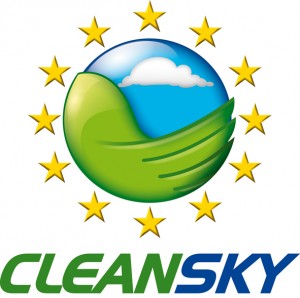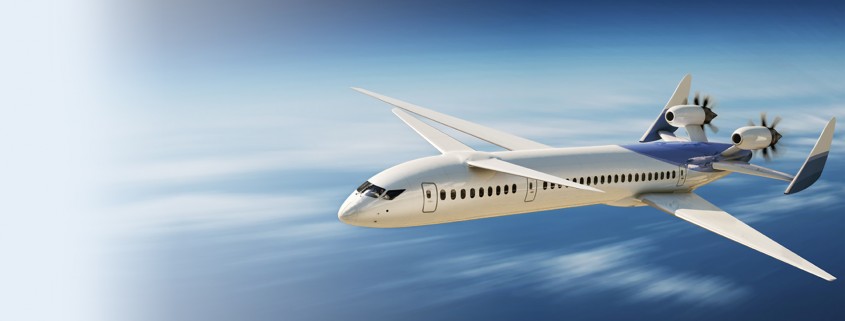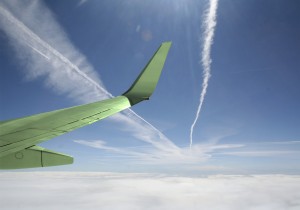 An overview of NLR’s many contributions to the Clean Sky programme
An overview of NLR’s many contributions to the Clean Sky programme
How to get a clear picture of aircraft noise?
The Virtual Community Noise Simulator (VCNS) of the Dutch National Aerospace Laboratory (NLR) is a unique aircraft-noise simulator that realistically reflects how people on the ground would hear noise from a plane overhead. In this way, the noise simulator facilitates clear communication about how people experience aircraft noise. With the VCNS, the EU now possesses an instrument that will enable research noise pollution from aircraft, for example further to new aircraft technologies such as engines or plane configurations. In this way, the VCNS can do its bit to help achieve the EU environmental goals for aviation as set within ACARE (the Advisory Council for Aeronautics Research in Europe). NLR will premiere a video that explains a particular application of the VCNS. You can find us at the Clean Sky Demonstration Stand (Stand 4/IZ/B10).
NLR at the Clean Sky Demonstration stand
At the Clean Sky stand, a number of products will be presented that were developed within the scope of the Clean Sky programme. For example, NLR was involved in the development of the ‘starter-generator demonstrator’. This is a starter motor for helicopter gas turbines that functions as a generator during the flight, providing power to the electrical system. This demonstrator combines numerous innovative technologies (including, amongst others, a rotor equipped with permanent magnets and a carbon-fibre sleeve) that ensure optimal safety, weight, and maintainability. Aeronamic, Delft University of Technology and NLR joined forces to develop this new innovation.
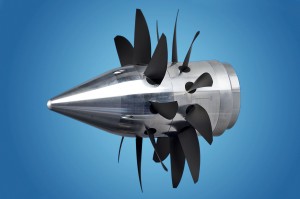
Model of the CROR motor
There will also be a presentation of the Contra Rotating Open Rotor (CROR) engine at the Clean Sky stand. The NLR was involved in numerous aspects of its development, such as analysing aeroelastic deformation of its rotor blades and conducting aeroacoustic evaluation of its designs. The CROR engine is expected to play an important role in reducing fuel consumption in the aviation sector.
NLR’s active role in Clean Sky
In collaboration with the Dutch technology sector, NLR is involved in four Clean Sky programmes, also called ‘Integrated Technology Demonstrators’ (ITDs): Smart Fixed Wing Aircraft, Systems for Green Operations, Green Rotorcraft, and Eco-Design. NLR is also involved in Clean Sky’s Technology Evaluator.
Smart Fixed Wing Aircraft (SFWA)
Within the SFWA programme, – NLR – together with Dutch companies such as Fokker and Airborne is focusing on the development of wing and tail designs for large and executive aircraft that utilise a wide range of Clean Sky technologies. The goal is to create technology demonstration systems, with their maiden flight scheduled for 2015. Together with the other SFWA members, NLR is working on new Smart Flap technology, consisting of a new composite flap on the trailing edge of the wing.
Systems for Green Operations (SGO)
Together with its Dutch partners in the SGO programme, NLR is investigating a lightweight starter motor and generator systems for helicopters. Furthermore, NLR is working on noise modelling for flight-path optimisation and on ‘gliding flights’, a new eco-friendly way of flying with the goal of enabling high airport capacities.
Green Rotorcraft (GRC)
As part of the GRC programme, NLR together with the Dutch technology sector is developing a helicopter optimisation environment, including noise and fuel consumption (and thus also CO2 emissions). In this simulator environment, low-noise and low-emission helicopter procedures are developed. Together with the other GRC members, NLR is also involved in the optimisation of low-noise composite rotor blades.
Eco-Design (ED)
Within the scope of the ED programme, NLR is examining the attributes and possible applications of fibres and matrix materials (resin systems) made from organic material. One potentially interesting application is for interior panels of aircraft, due to the excellent noise-reduction properties of organic fibres. Within the programme, NLR is also working in collaboration with a wide range of Dutch companies to help boost the European aviation industry.
Technology Evaluator (TE)
In the TE programme, NLR is responsible for evaluation at the airport level, focusing on quantifying the benefits of Clean Sky for European airports. For this purpose, air traffic in and around the airport is simulated. Based on this simulated air traffic, noise and emission levels in the proximity of the airport are calculated based on aircraft models.
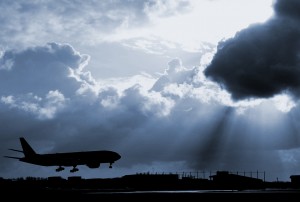 What can NLR offer its Clean Sky partners?
What can NLR offer its Clean Sky partners?
In addition to contributing extensive knowledge of aviation, NLR also possesses state-of-the-art testing and simulator facilities for the purposes of evaluation, verification, and validation. For many of its various technological developments, NLR works together within national and international collaborations that include SMEs, industrial partners, and universities. In this way, NLR strengthens the innovative position of both the Dutch and European aviation industries by offering suitable opportunities for experimentation and simulation.
http://www.cleansky.eu/content/event/clean-sky-innovation-zone-farnborough-international-airshow
